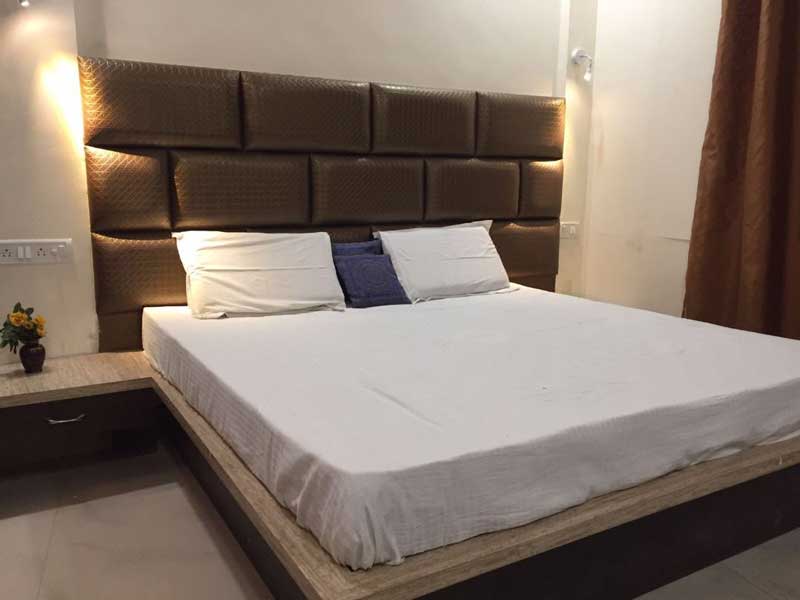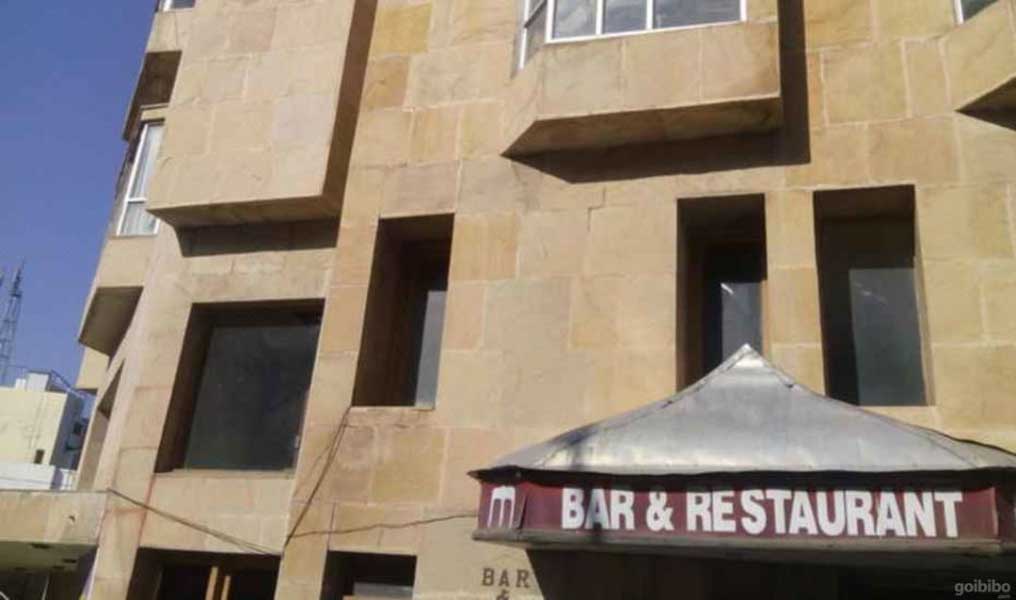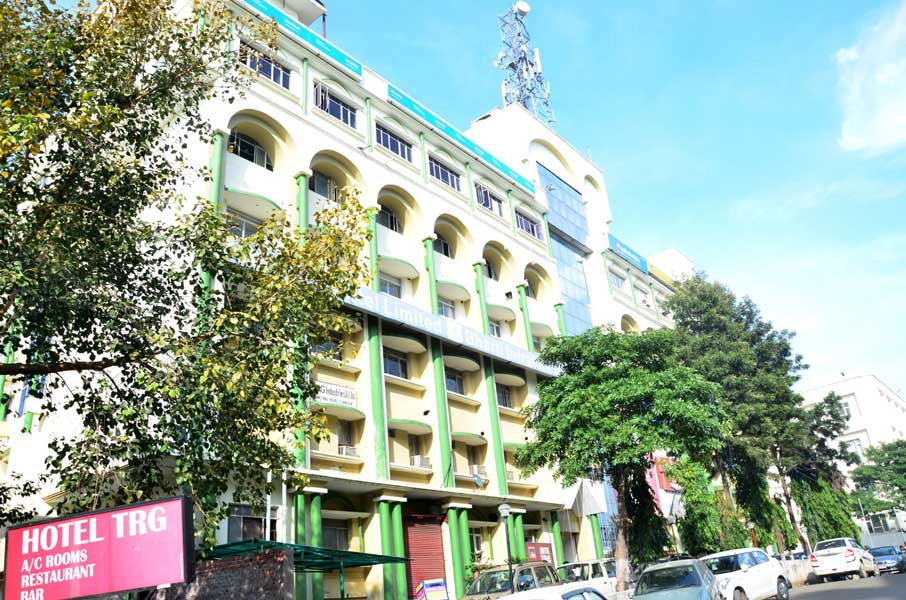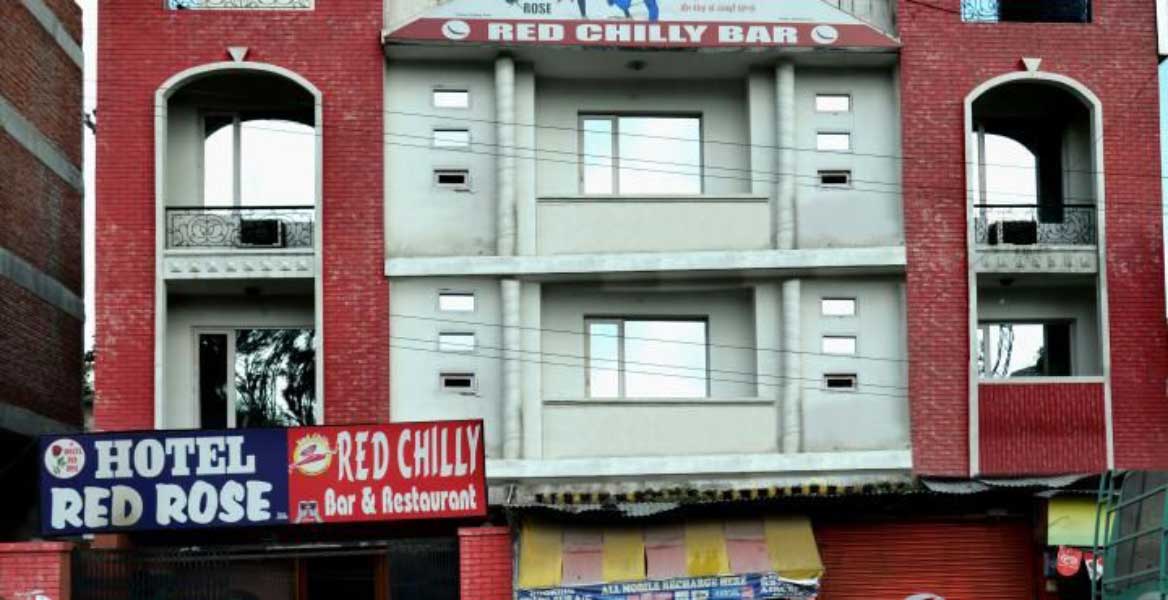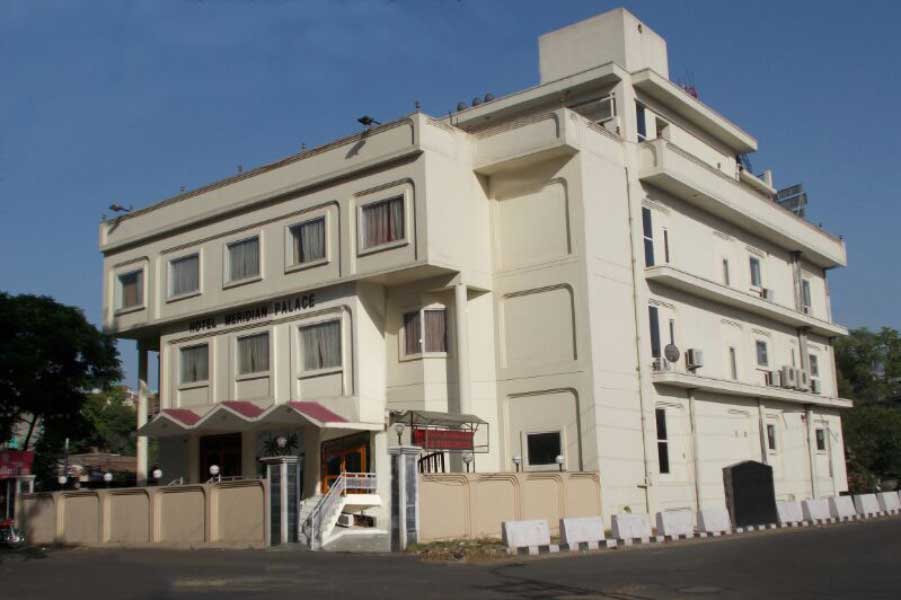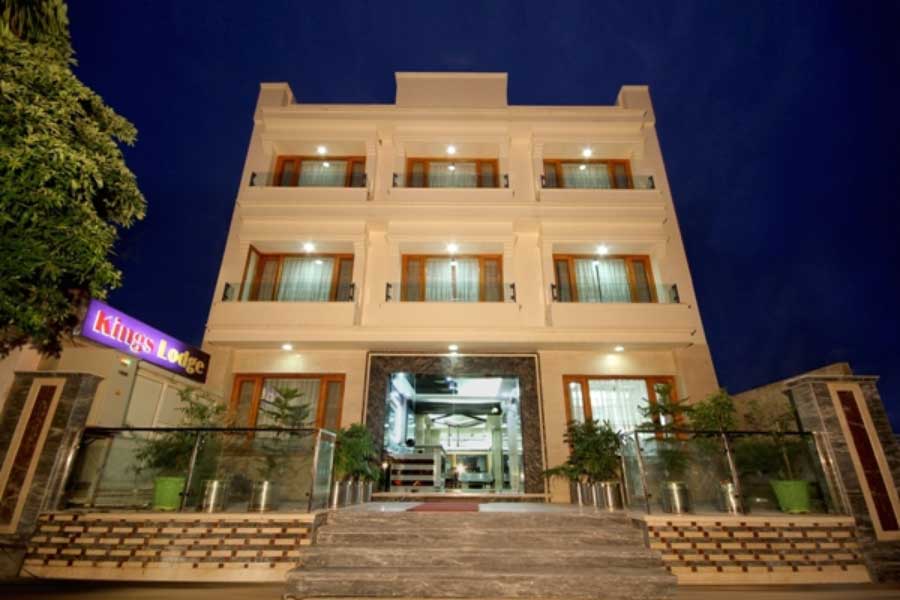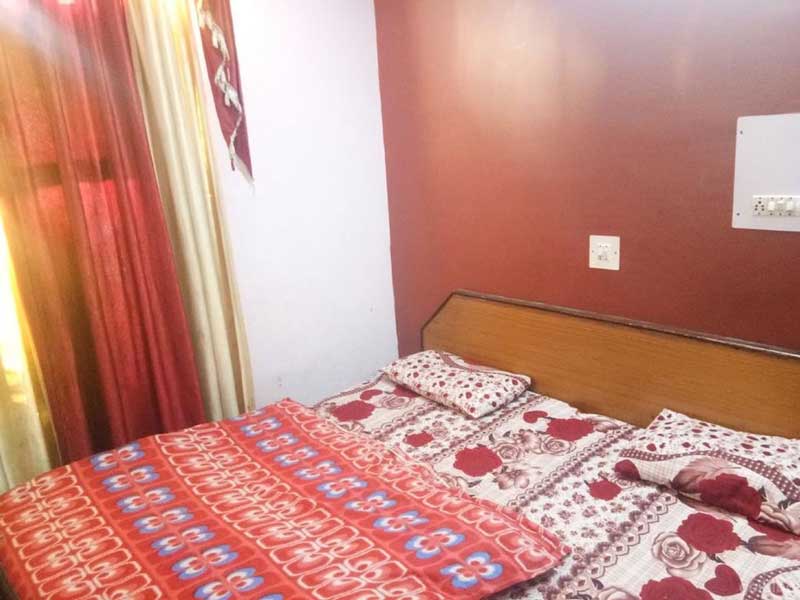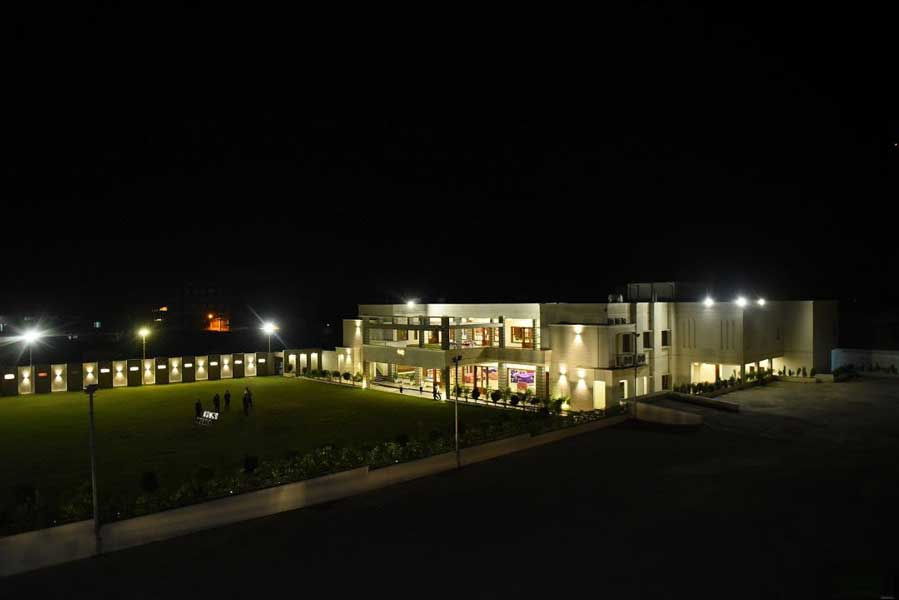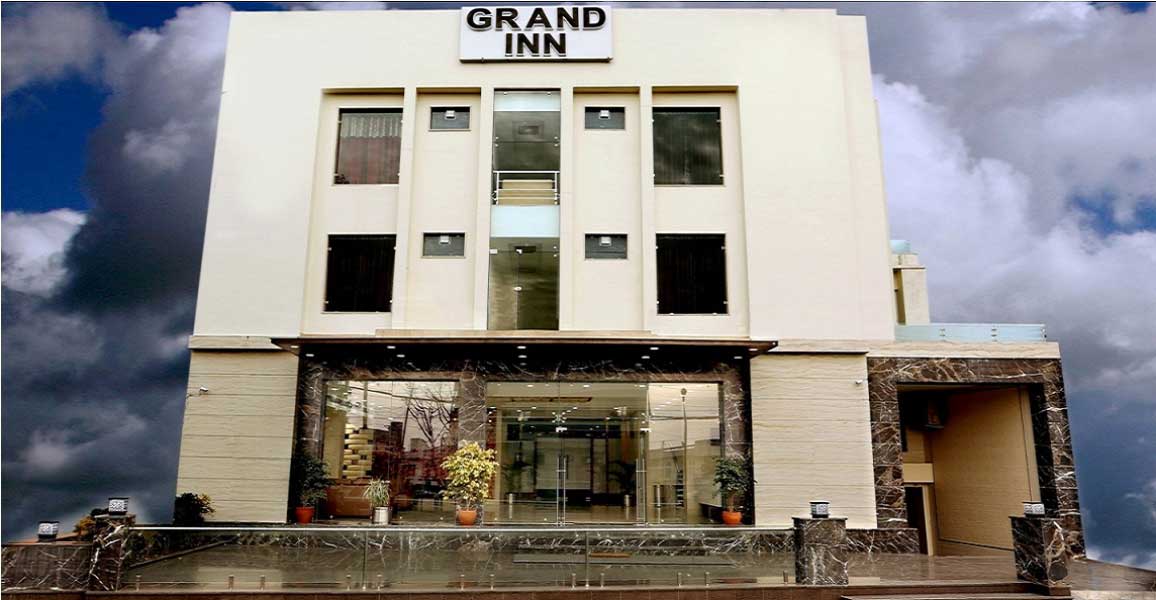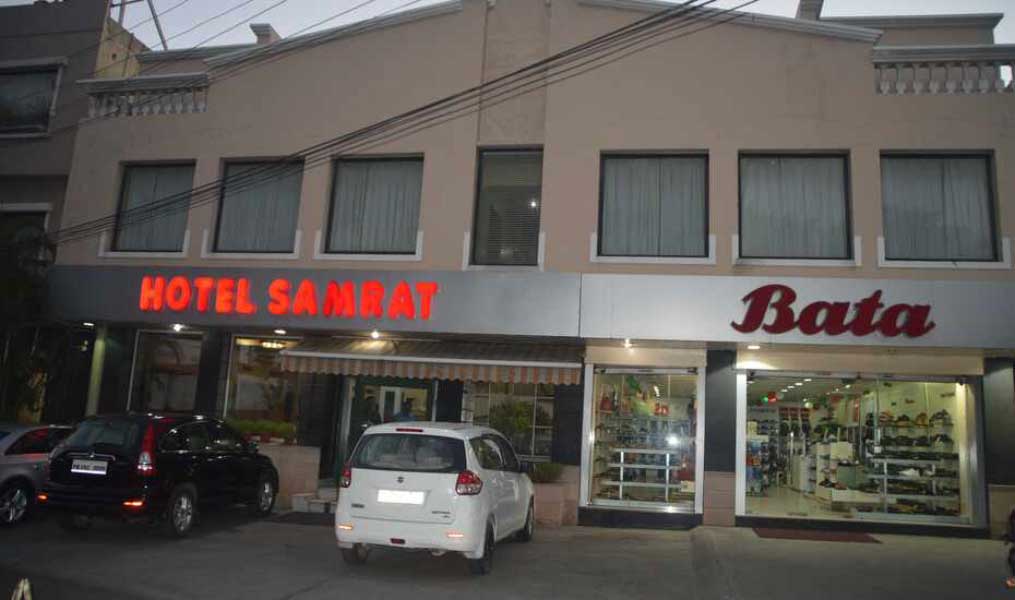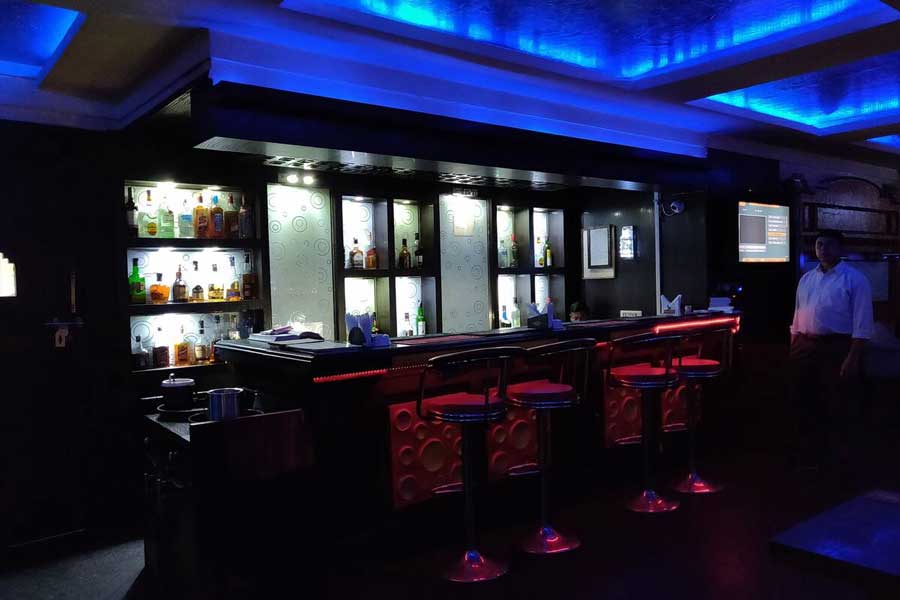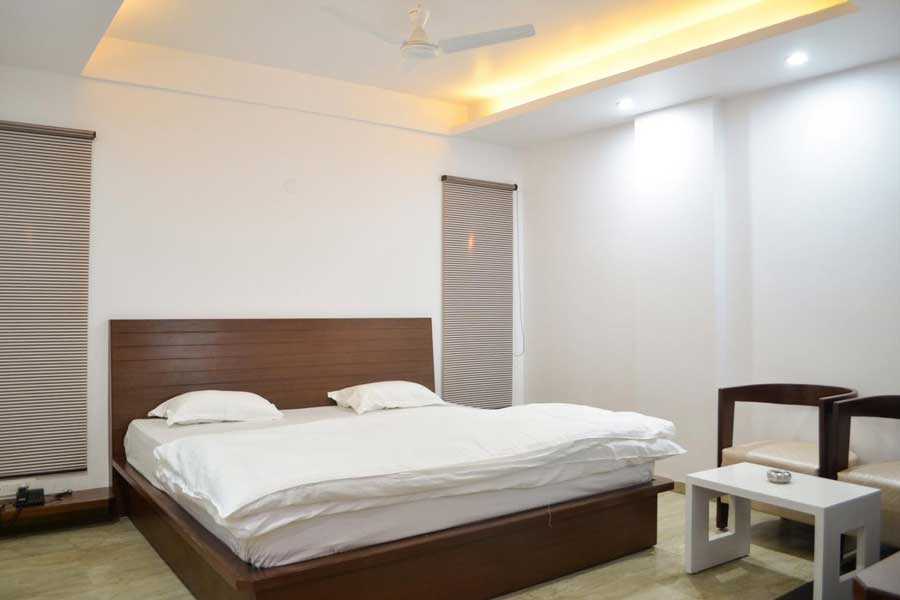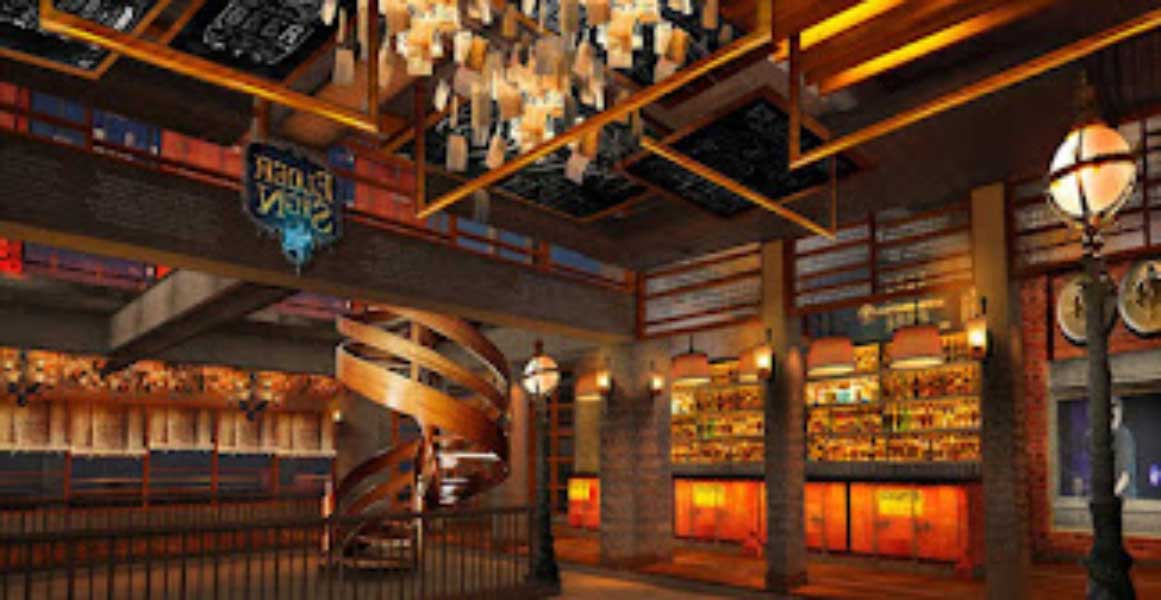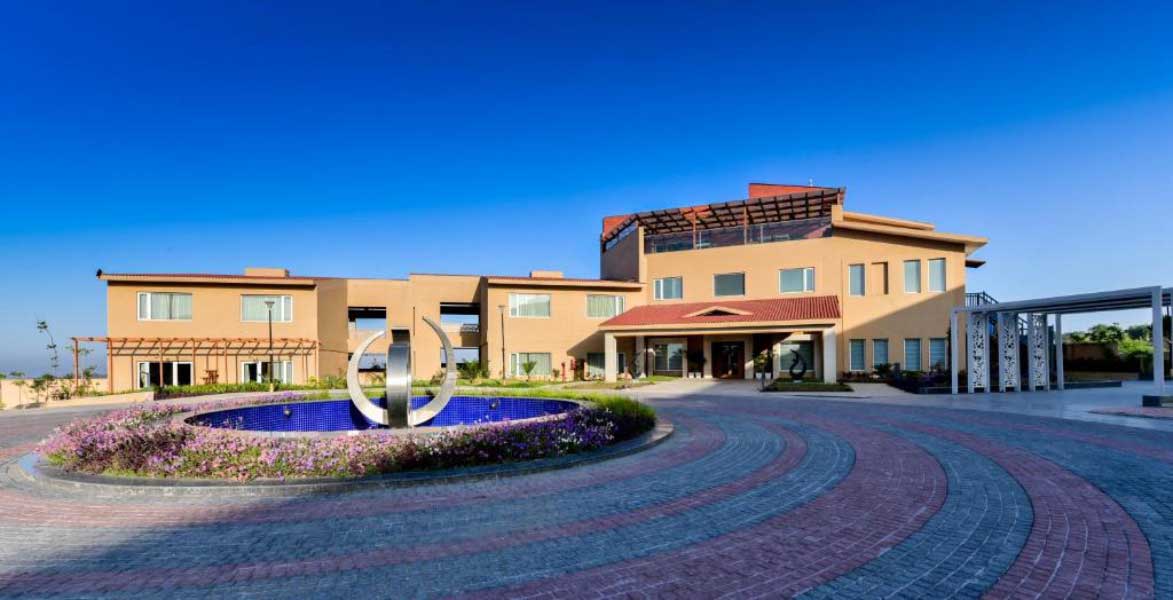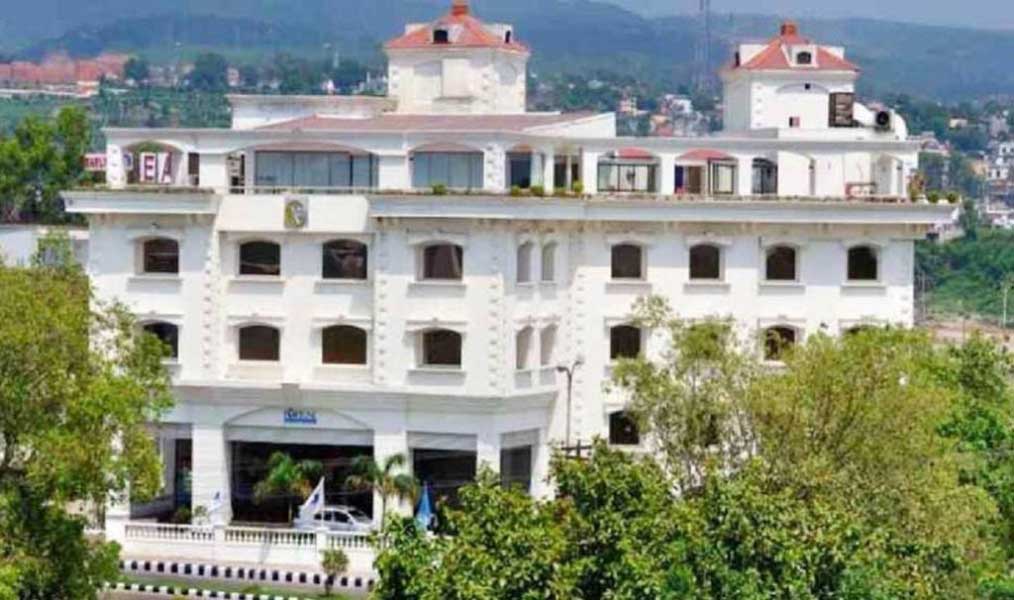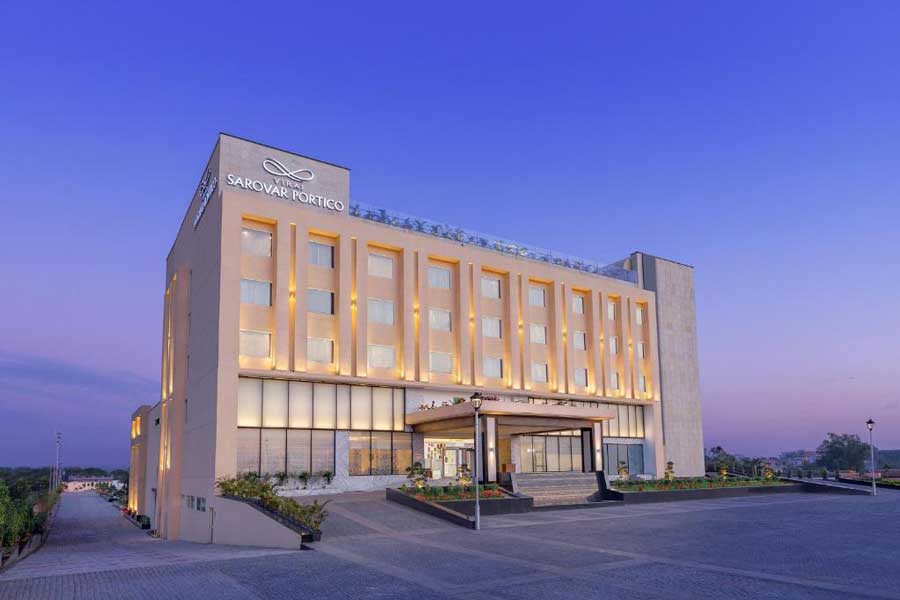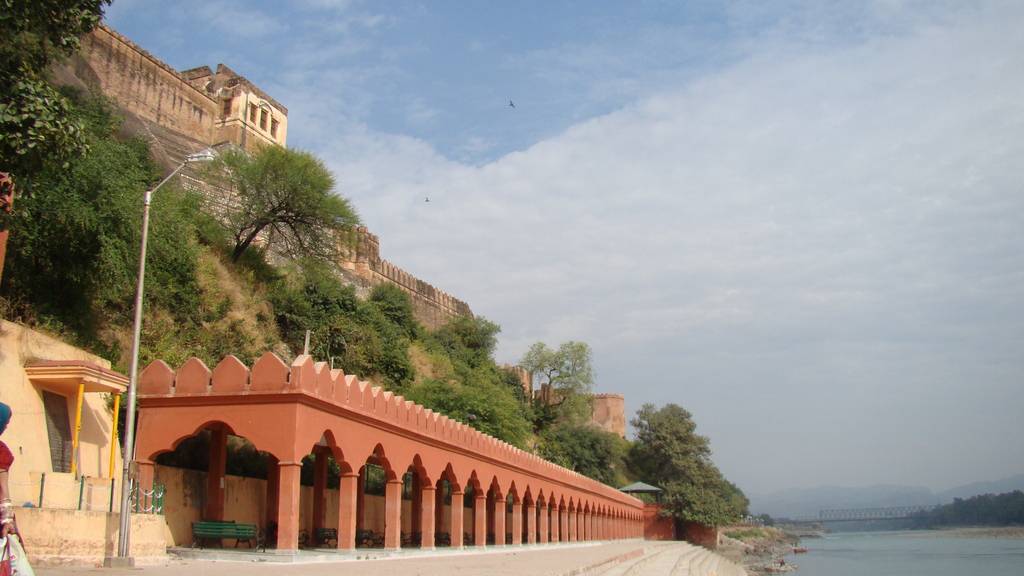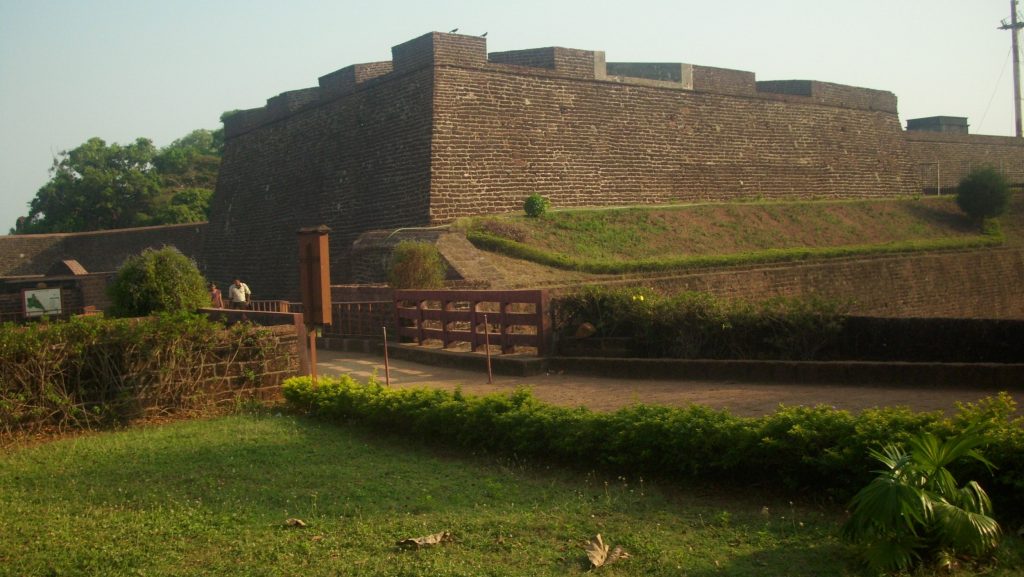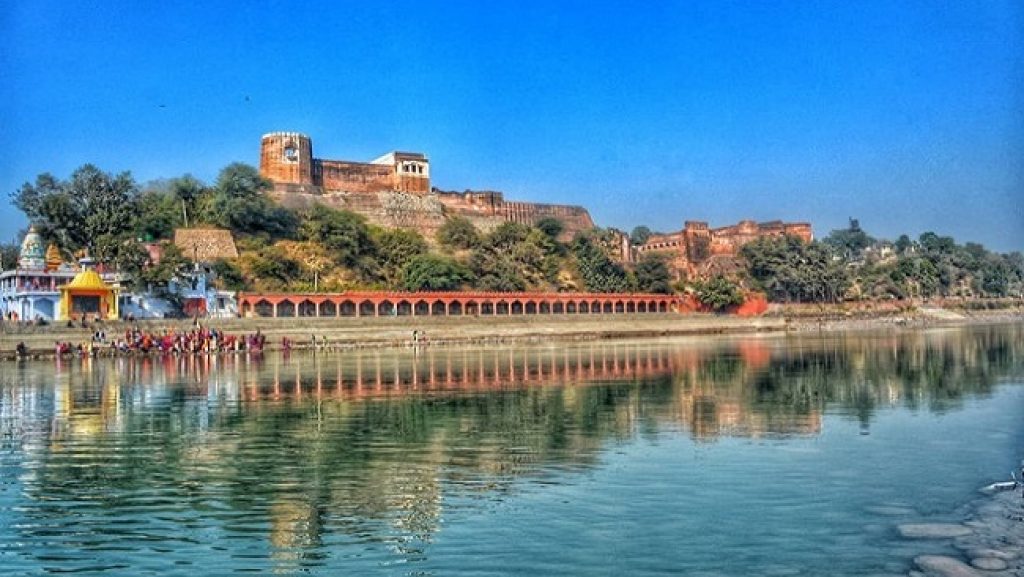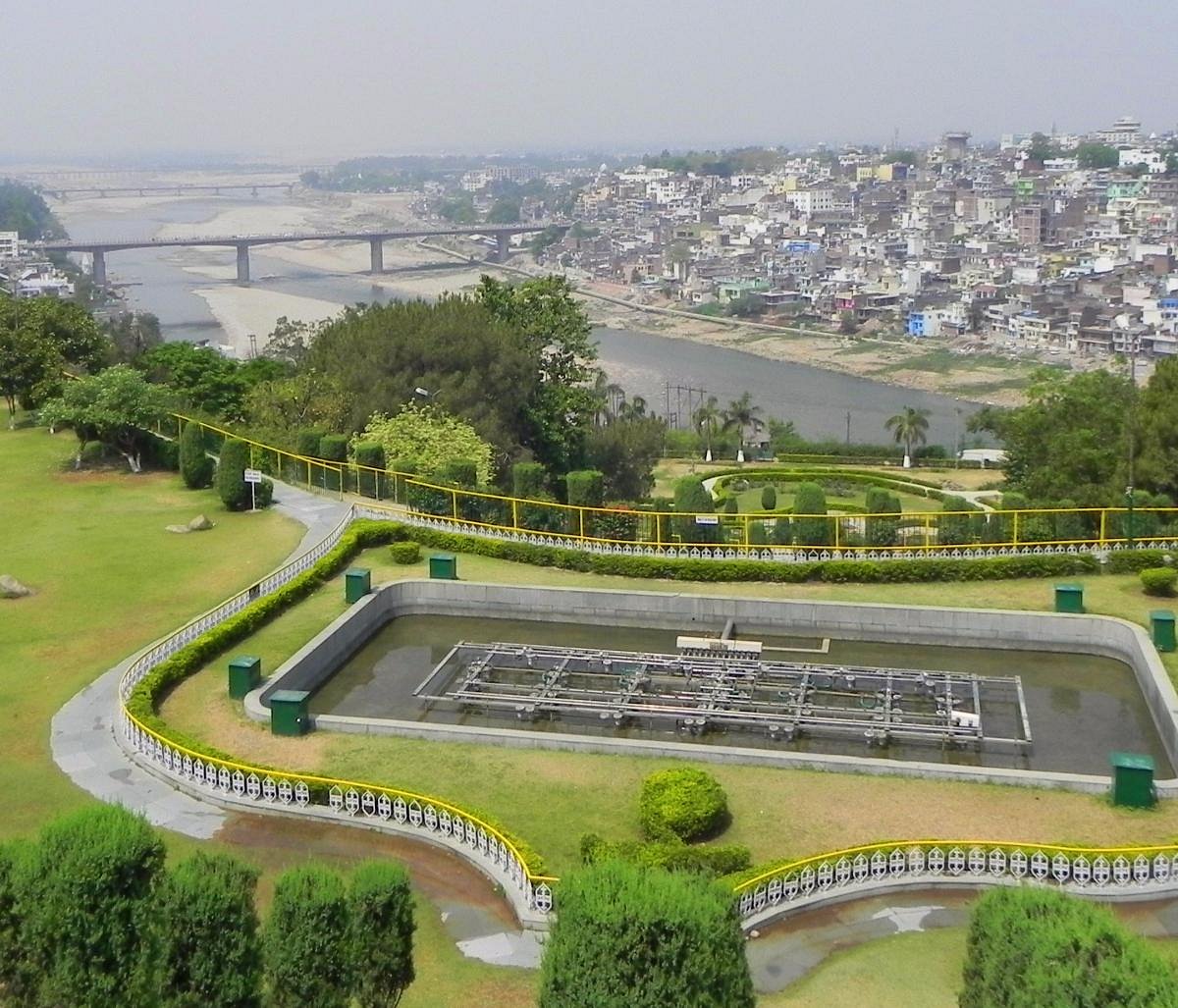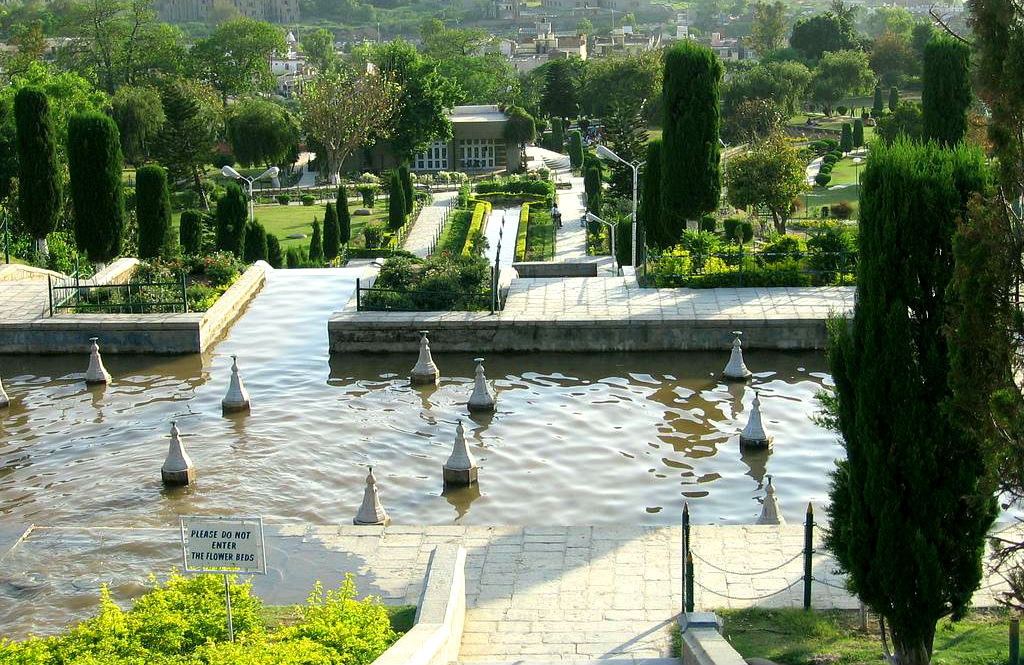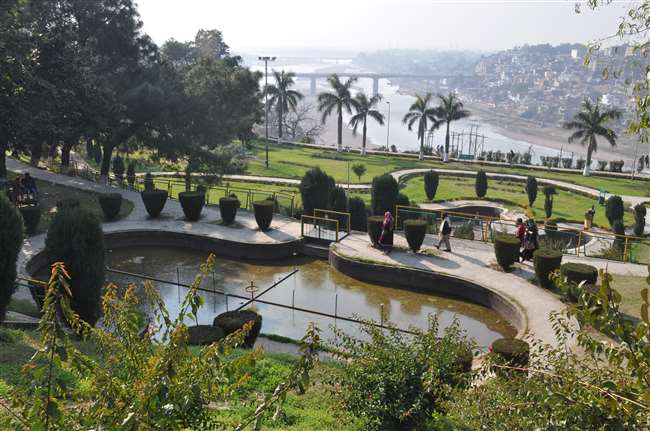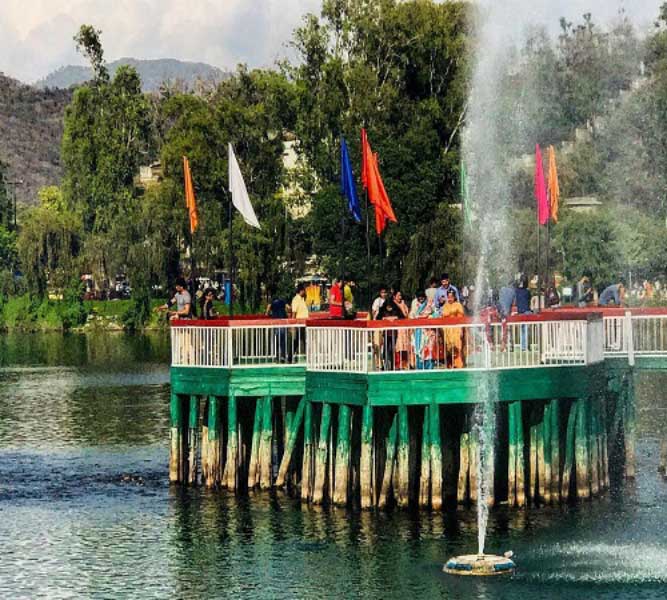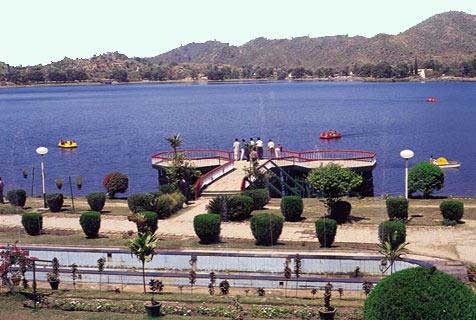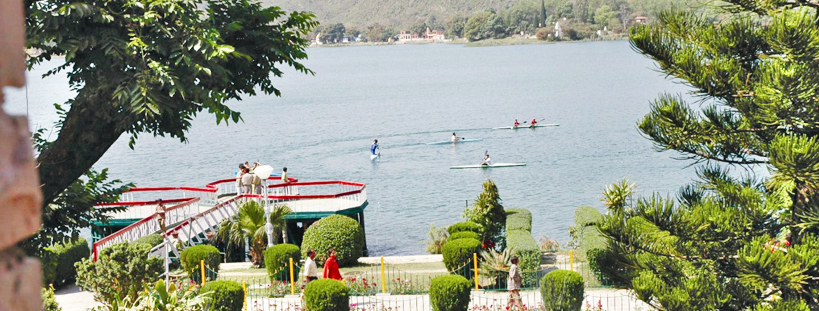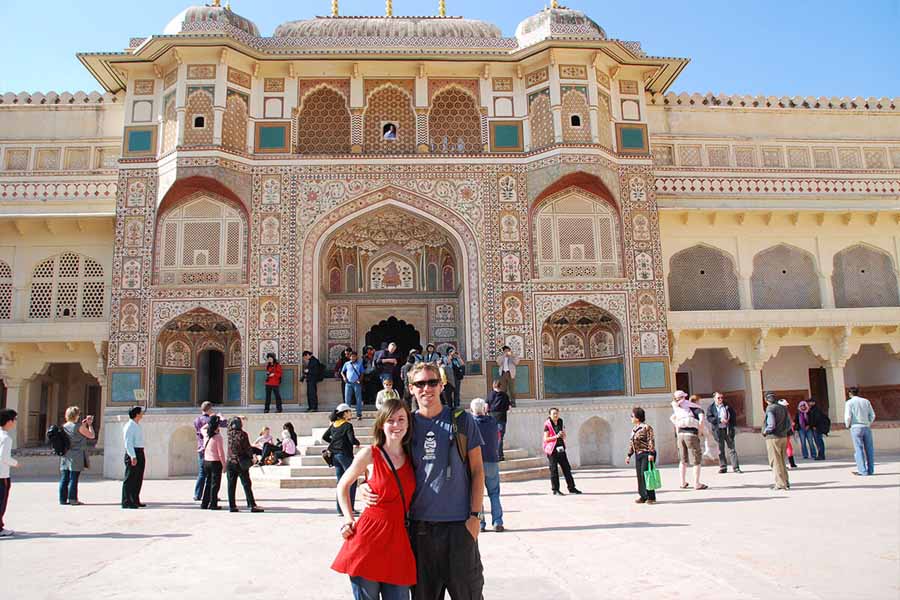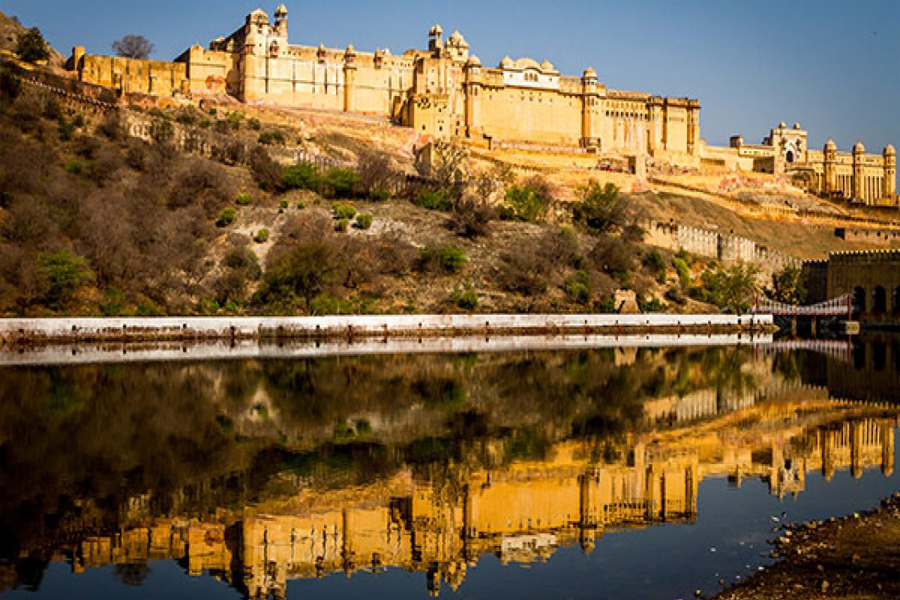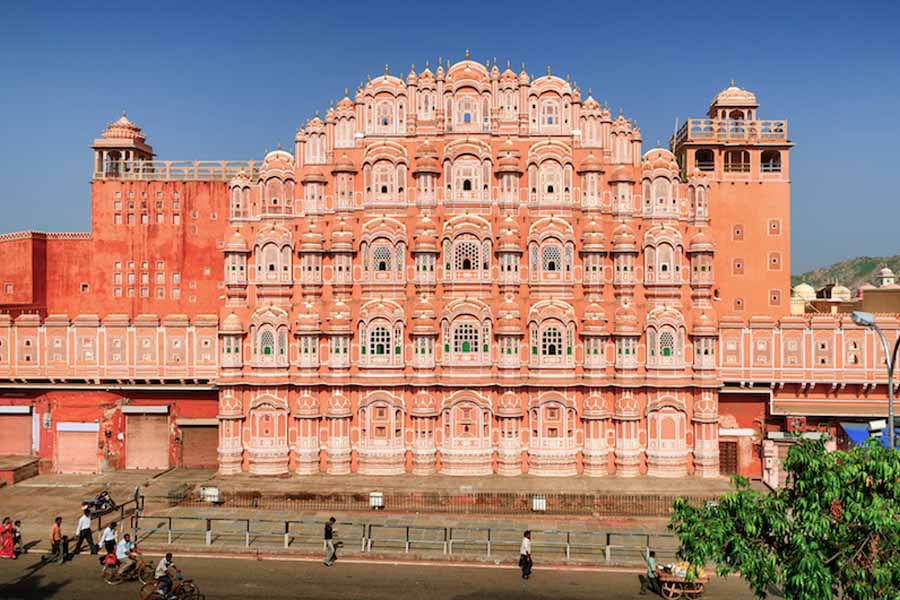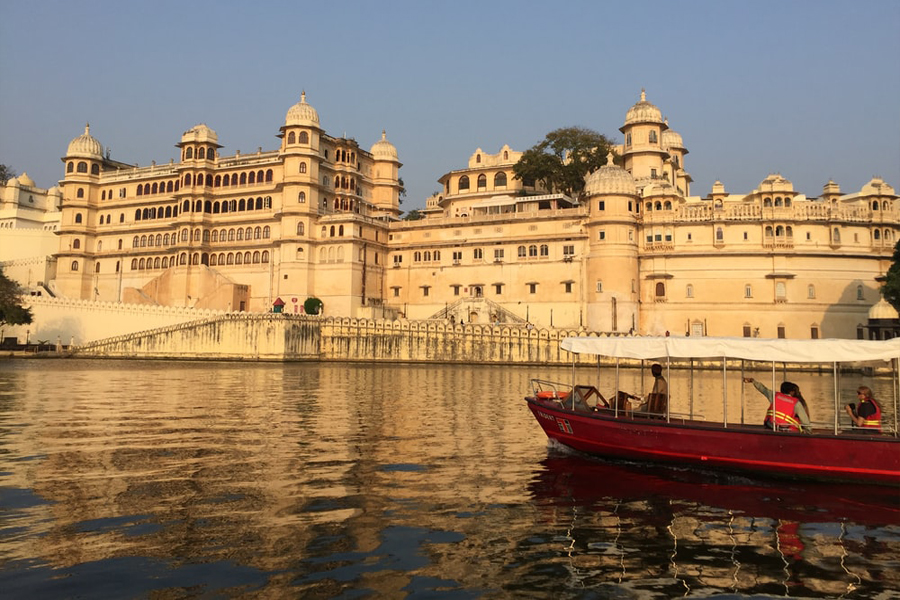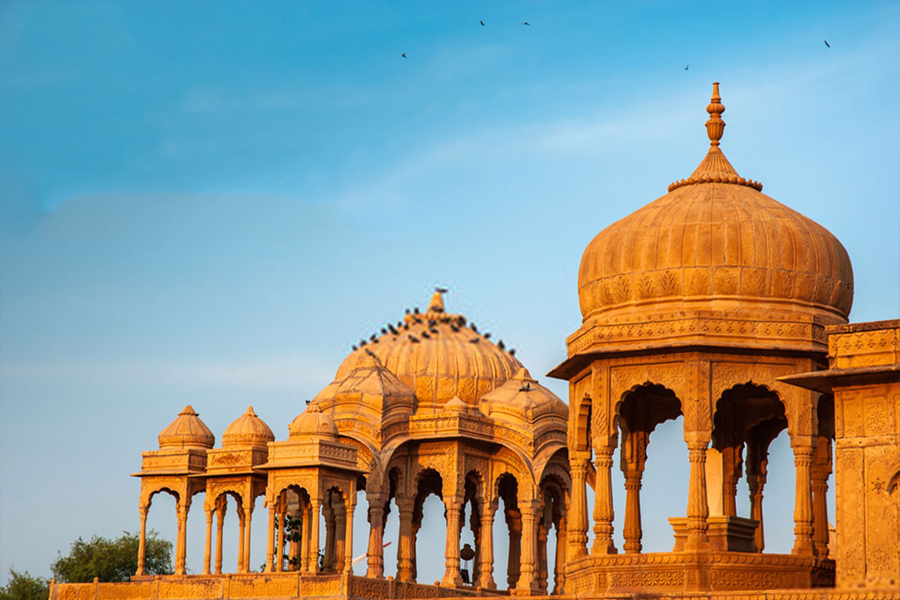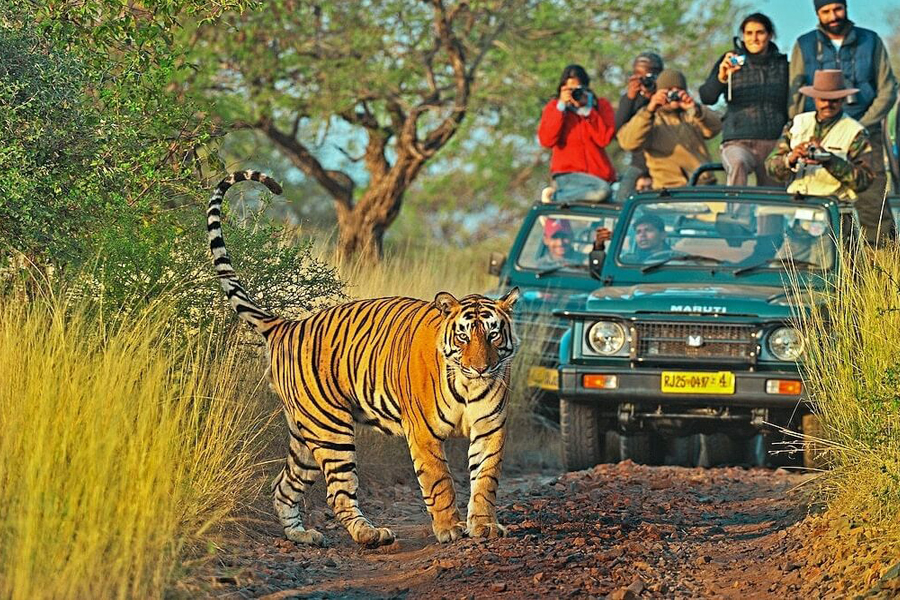Jammu is the southernmost section of Jammu and Kashmir, and it lies proudly on the Shivalik mountain ranges. Jammu, Kashmir's Winter Capital, is a sacred and serene city famed for its magnificent temples, religious monuments, gleaming "shikhars," and cultural history. It attracts travelers from all over the world since it serves as the starting point for the famed Vaishno Devi Temple and the Amarnath Yatra. Tourists get top places to visit in Jammu.
Jammu, known as the "City of Temples," is home to the famous Maha Kali Temple, which is second only to the Vaishno Devi Temple in terms of popularity. The territory was held by the Dogra dynasty in the pre-independence era and was discovered around the 14th century BC. Jammu is littered with Buddhist stupas going back to the 2nd century AD, testifying to the city's rich history.
Jammu lies between the Himalayan range in the north and the sandy plains of Punjab in the south. From east to west, the Shivalik hills run through the region, while the rivers Ravi, Tawi, and Chenab flow through it. Jammu is a nice halt from the routine; one can leisure here not only to seek spirituality at Mata Vaishno Devi, Raghunath Temple, Peer Koh Cave, and Dera Baba Banda but also to enjoy a hill vacation at Patnitop and Doda making them the best places to visit in Jammu with friends.
Top tourist attractions in Jammu include stunning lakes, such as Mansar Lake, as well as the ethereal grandeur of Patnitop and Doda, which are sure to enchant nature enthusiasts. They are the best tourist places in Jammu. Kishtwar National Park offers a thrilling experience for wildlife aficionados. Jammu's quirkiness is reflected in its Dogra cuisine, the crown jewel of which is the delectable Wazwan (traditional Kashmiri buffet). Jammu is a unique blend of pilgrimage, recreation, natural beauty, and history.
Mubarak Mandi Palace
The Mubarak Mandi Palace was built over 150 years. Until 1925, this majestic edifice served as the main seat of the Dogra dynasty's kings. The Government Dogra Art Museum is housed in a section of the palace that has been turned into a museum. It houses a priceless collection of Dogra art, coins, jewelry, oil paintings, portraits, manuscripts from various ages, and Emperor Shah Jahan's gold-plated bow and arrow.
Bahu Fort
On the left bank of the Tawi River, Bahu Fort stands towering and strong. This majestic fort was built by Raja Bahucholan over 3000 years ago, making it one of the city's oldest monuments. The fort was then restored and renovated by the Dogra kings, who also extended its reach.
Amar Mahal Museum
Raja Amar Singh's former house, the Amar Mahal Palace, is now a museum. This red sandstone palace is a lovely structure situated between the Shivalik Mountains and the Tawi River. The palace has a stunning golden throne made of 120 kg of gold, which is set in a hexagonal room and has a golden lion motif on it. An art gallery and a heritage hotel are adjacent to the palace, which has been converted into a museum.
Akhnoor Fort
Akhnoor Fort is perched on a cliff, near the Chenab River, on a historical site that is supposed to date back to the Harappan civilization. This massive fort is an outstanding example of Indian military design. The fort is built on two levels and is surrounded by thick, powerful walls with bastions and two-story watchtowers. The stately residence of Raja Alum Singh, the fort's ruler, is located within the fort.
Dogra Art Museum
On April 18, 1954, the First President of Independent India, Dr. Rajendra Prasad, opened the Dogra Art Museum, which is housed within the Mubarak Mandi Palace complex. Interesting artifacts, manuscripts, and historical artifacts from the Dogras, Mughals, and other rulers of the state are on display. Emperor Shah Jahan's golden bow and arrow, as well as terracotta heads from Akhnoor, are among the museum's most valuable items.
Bagh-E-Bahu
This garden, perched on a mountain overlooking the Tawi River, is a sight to behold, with sweeping lawns, big fountains, attractive stone sculptures, a lovely lake, and a gigantic aquarium all coming together in one magnificent setting.
Peer Kho Cave
The Jamwant Cave Temple, also known as Peer Kho Cave Temple, is located near the Tawi River. The temple is devoted to Shiva, the Hindu god of devastation, and the main deity is Swayambhu 'Shiva Lingam.' It is thought to be one of the region's oldest shrines, and locals think it serves as a doorway to other pilgrimage sites and caverns outside of India.
Mansar Lake
It has a length of over a mile and a breadth of half a mile. It shares the mythology and sanctity of Lake Mansarovar in addition to being a famous excursion spot. Surinsar Lake and the Surinsar-Mansar Wildlife Sanctuary are both close by. Mansar is the ideal place to get away from the hustle and bustle of everyday life, reconnect with nature, and find oneself.


